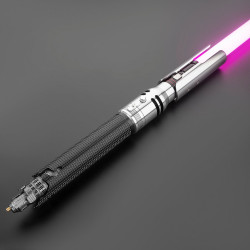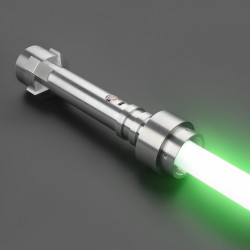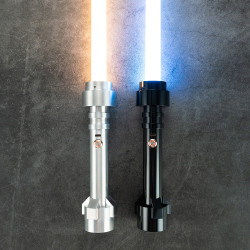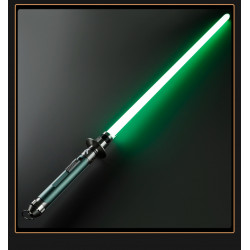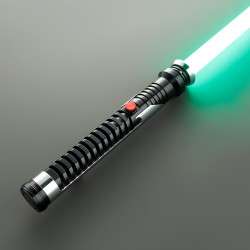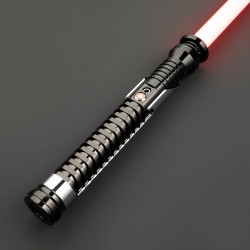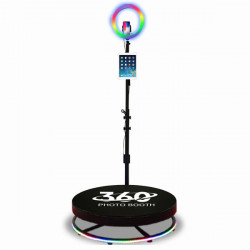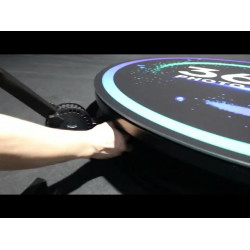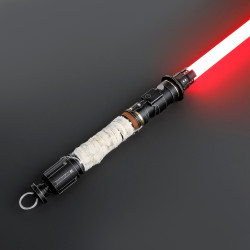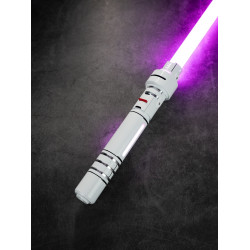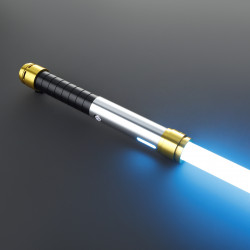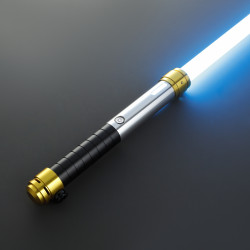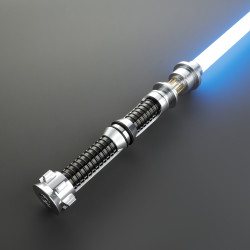Why Don't Jedi's Turn Off Their Lightsaber in Combat
You would want to keep your weapon drawn at all times during a lightsaber combat. Consider entering Tràkata, a unique combat form. Using the lightsaber's ability to switch on and off during battle, this complex technique—which is based on the art of deception and surprise—creates gaps in an opponent's resistance by employing unexpected moves. In-depth discussions of Tràkata's tactics, historical significance, and the philosophical arguments it sparks between the Jedi and Sith are revealed in this investigation.
Frequently surrounded by mystery and controversy, traitaka differs from more conventional types of lightsaber fighting. Its core is not the Force of the blow but rather the skill of the user, who uses the lightsaber's unique qualities to outwit and outsmart opponents. Although not commonly used, this method provides an intriguing look into the tactical differences that distinguish Jedi and Sith lightsaber tactics.
Philosophical Underpinnings of Tràkata
Tràkata fundamentally espouses an ideology that values creativity over Force. It is evidence of the conviction that mental sharpness and the element of surprise are key to military success. The more traditional methods taught in both Jedi and Sith ranks, which frequently emphasize discipline, physical strength, or the control of strong emotions, contrast with this type. The unpredictable aspect of the battle is welcomed and capitalized upon in Tràkata, which is the epitome of practical combat.
Key Moves and Maneuvers
Tràkata consists of several unique manoeuvres intended to throw an opponent off balance and disrupt the flow of battle.
- "Pass the Blade" entails turning off the lightsaber in the middle of a blow, avoiding an opponent's block, and then turning it back on to deliver a blow.
- The "Unbalancing Block" destabilizes an opponent's stance by abruptly deactivating the blade.
- The "Flash Slash" delivers a surprise attack by quickly reactivating the blade.
In addition to accuracy, these moves need a thorough comprehension of timing and opponent psychology.
Historical Applications in the Star Wars Universe
Tràkata's use can be linked to a number of significant characters and events in the Star Wars story. Tràkata skills have been used by characters such as Coran Horn and Mara Jade Skywalker to obtain the upper hand in duels that would otherwise be decided by lightsaber expertise or raw Force. These examples demonstrate the technique's adaptability and its capacity to tip the scales in favor of individuals who become proficient in its misleading nature.
Controversy and Perception Among the Jedi and Sith
The Jedi and Sith have debated Tràkata's use of deceit, with some considering it an unsportsmanlike or dishonorable method of fighting. The Sith might criticize it for displaying weakness because they prefer overt demonstrations of power. Some Jedi contend that it deviates from the principles of transparency and honor that they work to maintain. In spite of this, Tràkata continues to serve as an example of the variety of ideas and tactics found in the martial traditions of the Star Wars world.
Tràkata's Legacy and Influence
Tràkata's impact is evident in the Star Wars Roleplaying Game Saga Edition Core Rulebook and has influenced unofficial adaptations in video games such as Jedi Academy and Battlefront II while not being acknowledged in canonical publications. Its legacy lives on as a testament to the depth of creativity and strategic thinking that define the Star Wars saga's handling of war and battle.
Offering a distinct viewpoint on the potential of lightsaber Duelling beyond conventional methods, Tràkata is an intriguing chapter in the history of Star Wars combat. Its focus on strategy, deceit, and the psychological aspects of battle enhances our comprehension of Jedi and Sith doctrines. Tràkata's artwork, which represents the Force's unending investigation and its manifestations in the midst of combat, continues to captivate viewers as Star Wars develops.




